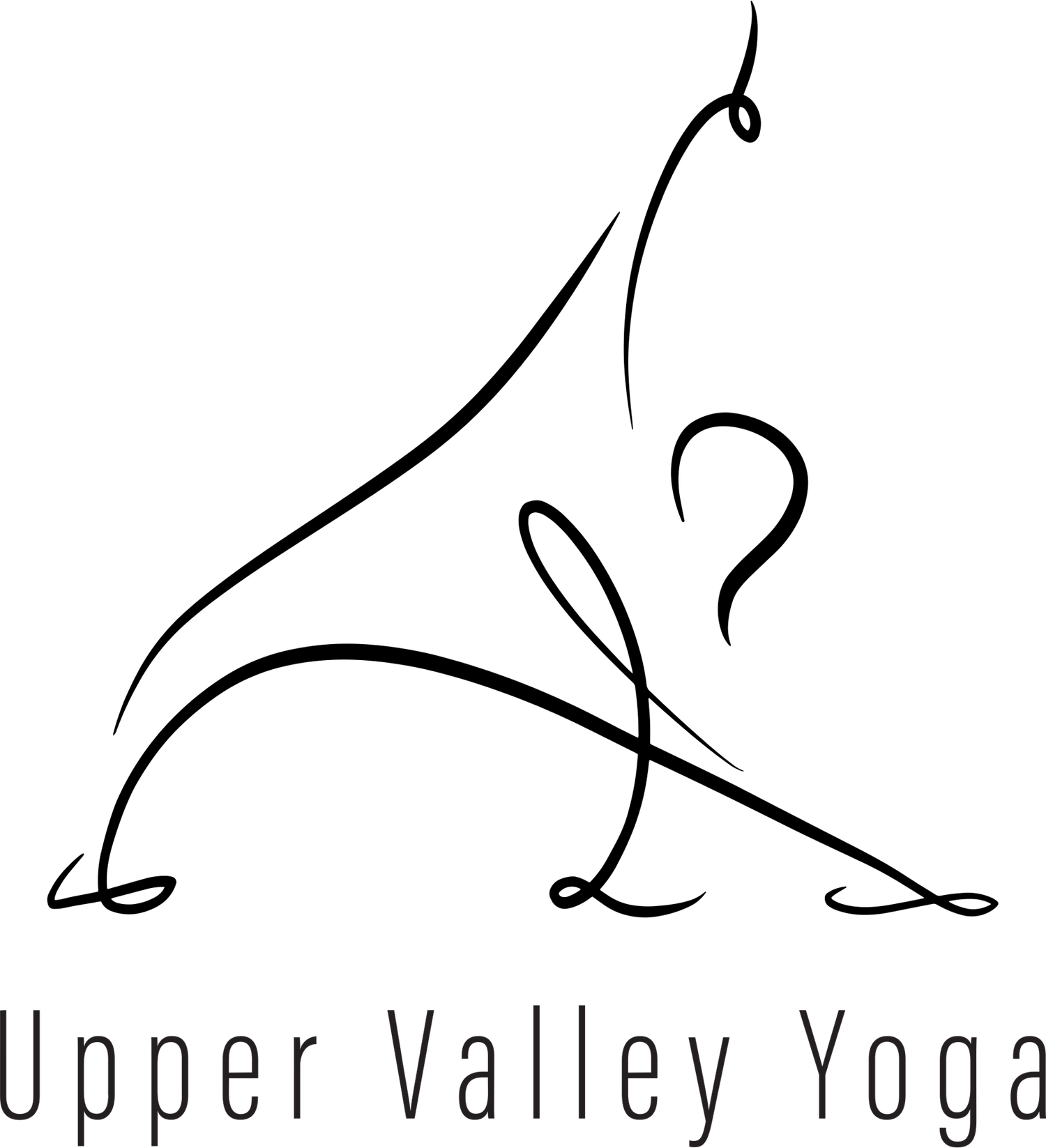The Deep Soak
Oh it's so good to be home!
I'm recently returned from a week in Santa Fe, taking the third and lastsession to complete training and certification in SATYA (sensoryawareness training for yoga attunement) with Tias Little of Prajna Yoga.If you've been to my classes much in the past several months, you'veprobably experienced some of this work (sliding/gliding/rocking aroundon a blanket for the first few minutes of class). This somatic,floor-based movement is a potent format for experiencing Samapatti, orthe "deep soak" of inward absorption.
In Patanjali's Yoga Sutras, Samapatti is presented as a state of deep,engaged absorption. It is a process that is explored before one reachesSamadhi, or ultimate enlightenment.
With Samapatti, we are in a state of awareness where all the experiences of life that are proximal to us—the smell of a flower, the warmth of sunlight—give us a deeper experience of themselves, the objects of the world, when our minds are freed of distractions. With mind and body clear and free of obstructions we are truly receptive to the objects and experiences around us. Through the process of Samapatti we receive a deeper and richer appreciation for our yoga practices sure, but also for our very lives.
Which brings me to SATYA. SATYA is essentially a deep listening,subtle-body training practice. Slowing movements allows people toconnect to their own deep interior wilderness. If Samapatti is the yogaof dissolution, dissolving anxiety, strain, agitation etc., our focuswith SATYA is dissolution of strain out of the body. It is a "listening"practice because we drop in by connecting to internal "sounds" and areguided vocally by the instructor, much as one is guided in Yoga Nidra.The first sound we tune into is of the breath. Next, the heartbeat,arterial pulsation, then the vibration of the nervous system. This "yogaof sound" is really the yoga of observing internal sensation.
Samapatti comes about through this connection to the ear and itsattunement to subtle sound. The ear is the gateway to the sacred spaceof the prana. We don’t use our eyes to pick up cues in SATYA practicebecause sound is more ephemeral than visual impressions on the brain;the ears are more geared to the subtle body. Yogically speaking, theeyes govern asana (physical postures) and the ears govern pranayama(energy work through working with the breath).
_______________________________________________
From a student:
"What I love about SATYA is that it provides the space and intention for me to slow down enough to really feel what is going on in my back, hips, and shoulders. I discover spots that feel really good, and others that feel not so good. What I learn about my body in SATYA allows me to investigate those areas more closely in the rest of my yoga practice.
___________________________________________________
Sometimes a super strong physical yoga practice can override theinnate intelligence of the subtle body. We come to the mat and throw atit everything we've got, but we don't really feel what's happening.
Speed and acceleration get trapped in the body and we numb out. We develop a kind of sensory amnesia.
This practice, where we begin in silence and first empty all effort fromthe body, guides us toward Samapatti by shifting into theparasympathetic nervous system. By dropping into subtle body experiencethrough very small, subtle movement, and being prompted to regularlynotice felt sensation and feedback, we attune inward and fall into themore primitive, back brain. In supporting the back brain we aresupporting the basal functions of breath, heart rate, digestion etc.that govern our most basic functions.
My own experience has been a profound shift toward more authenticconnection to what I am doing, on and off the mat. When I do even 15minutes of SATYA, the vinyasa or hatha practice that follows is justricher, deeper, more "felt". Additionally, it is an effective "warm up"for tight, restricted muscles. My final Savasana is a true soaking in.
____________________________
From a student:
"We slow down, quiet down, eliminate distraction, and listen to our being in the practice...
I’m so grateful to accept the generosity with which this practice is offered."
_____________________________
In the Fall I will offer a class up here in Thetford, offered in a5-week series, that will combine about 45 minutes of SATYA movement with(depending on the week) pranayama, meditation, and some intermediateasana work. If you are interested in diving into this rich practice,stay tuned. The series will be limited to 10 people to make sureeveryone has enough floor space. If the series doesn't fill, drop-inspots will be available on a first come basis. Though I am still playingwith times, it will likely be offered Saturday late afternoons. Becausewe will also be exploring seated pranayama and meditation, I will askthat students have at least one year of dedicated yoga practice.
I hope to have it on the schedule and registration open within a week or two. Check the website often for more info. Questions? Be in touch.
Love,
Leslie

